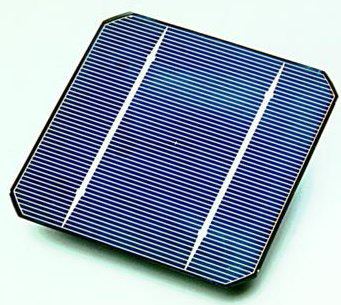The timeline of solar cells begins in the 19th century when it is observed that the presence of sunlight is capable of generating usable electrical energy. Solar cells have gone on to be used in many applications. They have historically been used in situations where electrical power from the grid was unavailable.
(Text) CC BY-SA

